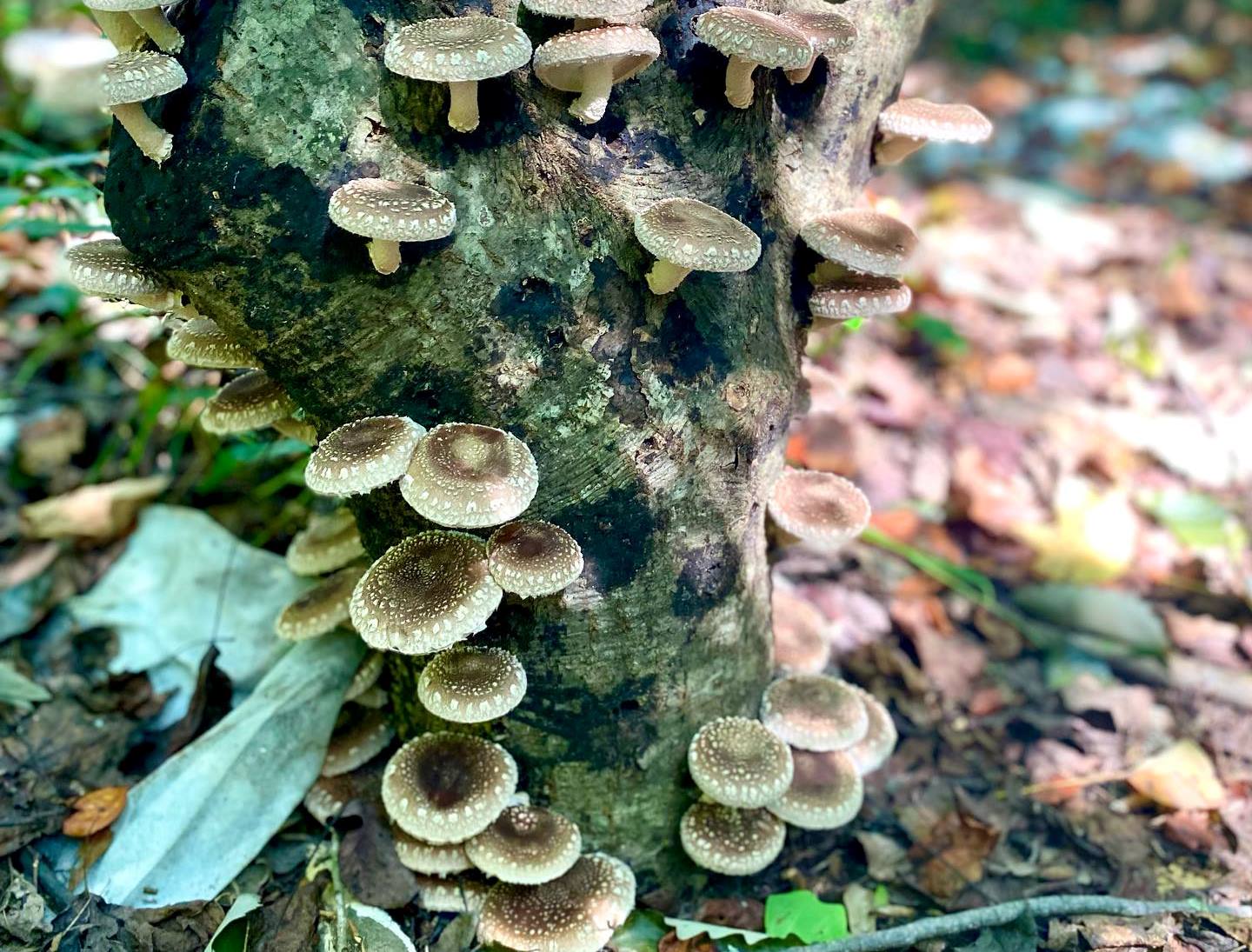Mushrooms have long been celebrated for their nutritional value, packing a punch of essential minerals and vitamins. But, when it comes to vitamin D, the story takes an interesting twist. In this article, we will explore the fascinating relationship between mushrooms and vitamin D production and shed light on how sunlight plays a pivotal role in this process.
Mushrooms and Their Nutritional Content
Mushrooms, a diverse and intriguing group of fungi, are renowned for their rich nutritional content. They are a source of various essential nutrients, including B vitamins, potassium, selenium, and antioxidants. Yet, when it comes to vitamin D, their contribution is rather limited.
The Vitamin D Conundrum
Vitamin D, an essential nutrient for human health, is often associated with sunlight. Human skin can synthesize vitamin D when exposed to UVB rays from sunlight. But can mushrooms do the same?
In general, mushrooms contain only trace amounts of vitamin D, typically no more than 0.3 micrograms per kilogram. To put this in perspective, it’s roughly one-thirtieth of the vitamin D content found in vegetables. This meager amount may leave us questioning whether mushrooms can genuinely contribute to our vitamin D intake.
The Exception: Sun Mushroom
In the world of mushrooms, there is one remarkable exception—the aptly named “sun mushroom“. This particular mushroom can boast a significantly higher vitamin D content, ranging from 5.2 to 15.3 micrograms per kilogram when exposed to light. This unique ability sets the sun fungus apart from its fungal counterparts.
The Science Behind Sun-Induced Vitamin D Production
So, how do mushrooms, particularly the sun fungus, manage to produce vitamin D when exposed to sunlight? The key lies in a process akin to what happens in human skin. When mushrooms are exposed to UVB rays, a fascinating transformation occurs. Ergosterol, a compound naturally present in mushrooms, undergoes a photochemical reaction that ultimately results in the production of vitamin D.
Drying Mushrooms in the Sun: A Vitamin D Boost
Interestingly, if you want to maximize the vitamin D content in mushrooms, a simple method can be employed—drying them in the sun. After just a few hours of sun exposure, dried mushrooms can contain significantly larger amounts of vitamin D. This makes them a valuable source of this essential nutrient, especially in regions where sunlight may be scarce.
Summary
While mushrooms may not be vitamin D powerhouses compared to other foods, they do have their own unique way of contributing to our nutritional needs. The sun fungus stands out as a remarkable exception, capable of producing substantial amounts of vitamin D when exposed to sunlight. Moreover, the process of drying mushrooms in the sun can further enhance their vitamin D content, making them a valuable addition to a balanced diet.
So, the next time you enjoy a meal featuring mushrooms, consider the sun’s role in enhancing their vitamin D potential. Mushrooms may not be the primary source of this vital nutrient, but they certainly demonstrate the intriguing and versatile ways in which nature provides for our nutritional requirements.



